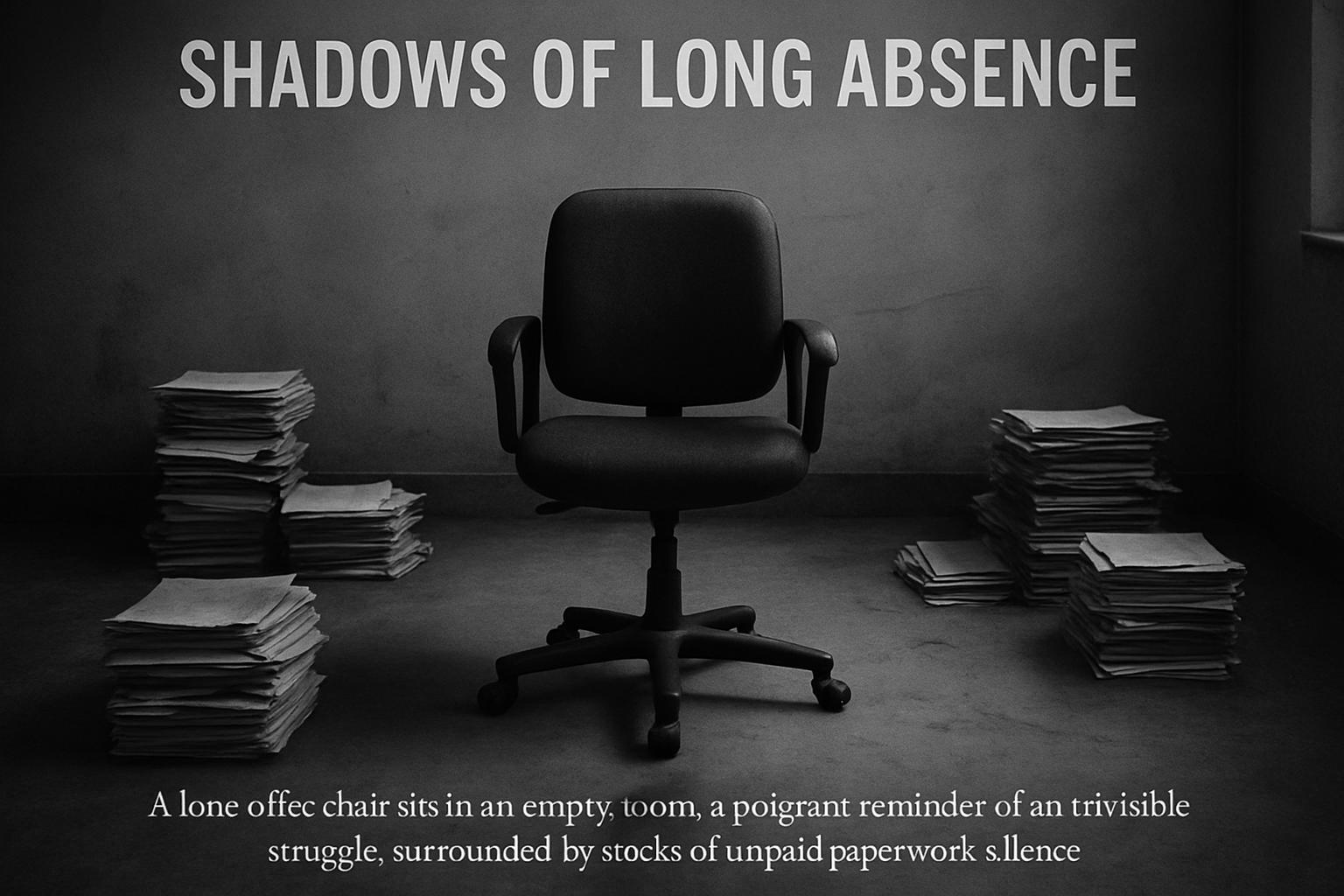New data from a recent survey by SimplyHealth reveals a worrying rise in workplace sickness absence in the UK, with employees reportedly off sick for an average of 9.4 days over the past year. This figure marks a significant jump from pre-pandemic levels, which stood at 5.8 days, and also exceeds the 7.8 days reported in a similar 2023 survey. This upward trend highlights the growing challenge organisations face in managing workforce health and underscores the urgency for companies to adopt proactive strategies to support employee wellbeing.
The survey, which included responses from over 1,100 employers, aligns with findings from the CIPD’s Health and Wellbeing at Work report 2025, supported by SimplyHealth, and echoes concerns raised in the government’s Keep Britain Working review. Together, these reports paint a picture of increasing ill health among working adults, with around 8.7 million people in the UK now living with work-limiting health conditions. Mental health issues, musculoskeletal injuries, and other long-term illnesses like cancer are cited as the top causes of extended absence, while short-term sickness is most commonly linked to minor illnesses such as colds and flu.
Specifically, mental ill health such as depression and anxiety accounts for 41% of long-term absences in organisations, making it the leading cause, followed by musculoskeletal injuries at 31%, and other long-term conditions at 30%. For short-term absences, minor illnesses dominate, featuring in 78% of cases, with mental health issues and stress-related causes also significant. The data underscores the complex interplay between physical and mental health in driving sickness absence and reinforces calls for employers to cultivate supportive workplace cultures and implement flexible arrangements to help staff manage their conditions effectively.
Rachel Suff, senior wellbeing adviser at the CIPD, emphasised the importance of early and proactive interventions. Speaking about the findings, she noted that “the longer someone is off, the more they might struggle to return,” stressing the strain that unplanned absences place not only on organisations but also on colleagues. Suff advocated for adjustments such as flexible hours and workload modifications to prevent health issues from worsening, alongside targeted support for mental health challenges, which remain a leading cause of absence.
Contrasting these findings, data from the Office for National Statistics (ONS) and other reports from 2024 show a general decline in average sickness absence across the broader workforce, with figures around 4.4 days lost per worker annually—a notable decrease from previous years. The ONS identified minor illnesses and musculoskeletal problems as the most common reasons for absence, with certain demographics such as women, older workers, part-time employees, and public sector staff experiencing higher rates. These discrepancies may reflect sectoral or regional differences, as government reports on Civil Service sickness absence pointed to substantially higher average days lost, particularly in Northern Ireland and Scotland, where figures approached 9.4 to 9.6 days per staff year. The Civil Service report also highlighted gender disparities, with women experiencing more absence days than men.
Paul Schreier, CEO of SimplyHealth, commented on the report’s findings by acknowledging the ongoing public health challenges but also pointing to positive business responses. He claimed that “more companies are adopting dedicated wellbeing strategies” and stressed the importance of providing accessible, preventative healthcare benefits to help employees manage health conditions early. Schreier emphasised that such measures not only benefit individual employees but also improve organisational resilience and contribute to wider economic stability.
The rising rates of workplace sickness absence highlighted by SimplyHealth and CIPD raise urgent questions about how employers can better respond to evolving health needs. While some national statistics suggest overall improvements or lower averages, the persistent burden of mental ill health, long-term medical conditions, and associated absences remains a critical concern. The evidence collectively urges a more nuanced and targeted approach—one that prioritises mental health, promotes flexible working, and integrates early intervention strategies to reduce absence duration and support sustainable employment.
📌 Reference Map:
- Paragraph 1 – [1], [4]
- Paragraph 2 – [1], [4], [5]
- Paragraph 3 – [1], [4], [5]
- Paragraph 4 – [1], [4], [5]
- Paragraph 5 – [2], [3], [6], [7]
- Paragraph 6 – [1], [4]
- Paragraph 7 – [1], [4], [5], [2], [3], [6], [7]
Source: Noah Wire Services
